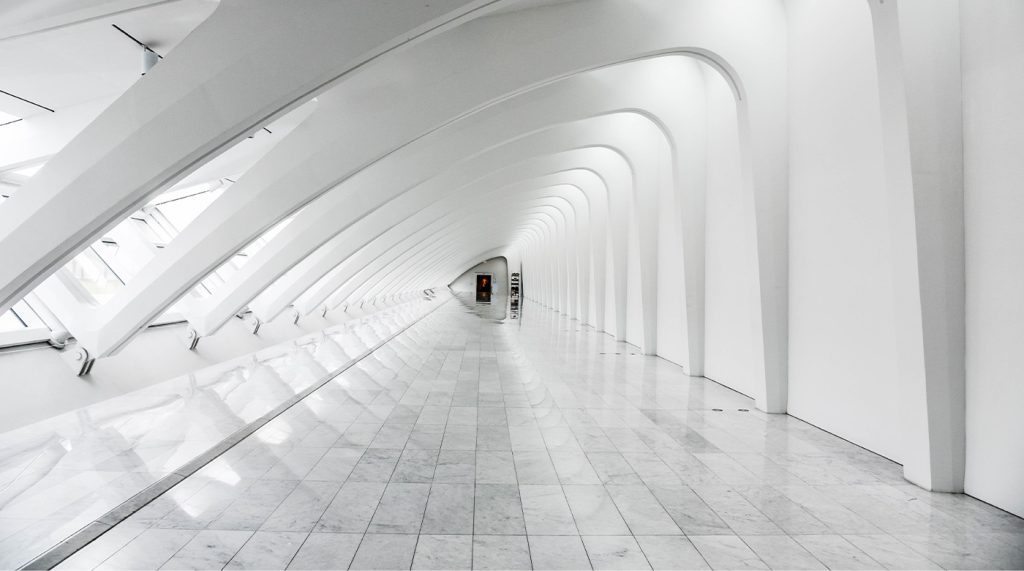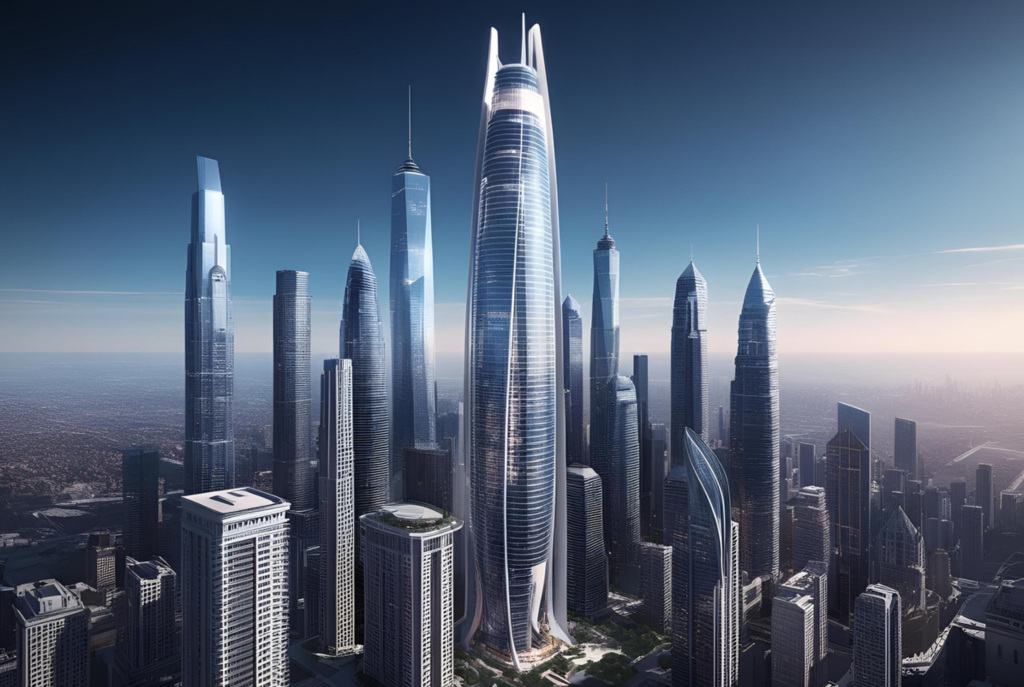
1. Improved Design Efficiency
Generative design speeds up the design process by automating the creation of multiple design alternatives. Architects no longer need to manually iterate through countless options. Instead, generative design can quickly provide a range of solutions, allowing designers to focus on refining and optimizing the final design. This increased efficiency reduces the time spent on the early design phases, allowing for faster project delivery and reduced costs.
Example: In modular architecture, generative design can produce the most efficient layouts for prefabricated components, reducing material waste and optimizing the construction process.
2. Enhanced Creativity and Innovation
Generative design enables architects to push the boundaries of creativity by exploring designs that would be difficult or impossible to achieve using traditional methods. With generative design, the emphasis is not just on aesthetics but also on functionality and performance. Generative design allows architects to explore complex geometries and structures that improve building performance while creating unique and visually striking designs.
Example: In public buildings like museums or concert halls, generative design can lead to the creation of iconic and aesthetically pleasing forms that enhance user experience while meeting performance goals.
3. Sustainability and Environmental Optimization
Sustainability is a growing concern in the architecture industry, and generative design plays a critical role in creating environmentally conscious designs. By analyzing environmental factors such as sunlight, wind, and energy consumption, generative design can produce optimized solutions that reduce energy use and carbon emissions. When integrated with BIM, this data can be continuously updated and refined, ensuring that the building performs optimally throughout its lifecycle.
Example: In green building design, generative design can identify the best orientation for windows and shading devices to minimize energy consumption, helping architects achieve LEED certification or other sustainability goals.

4. Cost Savings
Generative design, when used in conjunction with BIM, can lead to significant cost savings. The ability to simulate real-world conditions and evaluate multiple design options allows architects and engineers to optimize their designs for material efficiency, energy consumption, and construction costs. By automating the generation and evaluation of designs, generative design reduces the need for costly rework, change orders, and delays during construction.
Example: Generative design can help optimize the use of materials by creating more efficient structural systems, reducing the overall material cost for the project.
5. Optimized Performance and Functionality
Generative design helps create buildings that are not only visually appealing but also highly functional and performance-driven. By considering factors like structural stability, thermal comfort, lighting, and acoustics, generative design ensures that the final design is optimized for occupant comfort and energy efficiency. Example: In office buildings, generative design can be used to optimize the placement of workspaces, meeting rooms, and common areas, enhancing both functionality and employee productivity.
Generative Design in BIM: Applications Across North America
In North America, especially in the USA and Canada, the integration of generative design with BIM is driving forward-thinking projects in various sectors, including commercial, residential, and industrial construction. Here are some key examples:
1. Sustainable Urban Design – In cities like Toronto, Vancouver, and New York, urban planners and architects are using generative design to develop more sustainable and efficient urban spaces. By integrating environmental data, such as solar exposure and wind patterns, generative design allows for the creation of sustainable, eco-friendly buildings and public spaces.
2. Smart and Energy-Efficient Buildings – Generative design is also being used in the development of smart buildings. In cities such as San Francisco and Montreal, developers are using BIM integrated with generative design to create buildings that optimize energy consumption and improve indoor air quality, contributing to a smart city infrastructure.
3. Modular and Prefabricated Homes – In both the USA and Canada, generative design is improving the design and efficiency of modular homes and prefabricated construction. By generating optimized designs that reduce material waste and improve structural performance, generative design is contributing to the growing popularity of off-site construction.
Challenges and Future of Generative Design in BIM, While generative design presents many opportunities, it also comes with challenges:
- Complexity and Learning Curve: The technology requires a deep understanding of algorithms, machine learning, and parametric design tools, which can pose a learning curve for architects and designers.
- Data Management: The vast amounts of data generated by generative design models need to be properly managed and integrated into BIM workflows, which can be challenging for some firms.
However, as technology continues to evolve and software tools become more user-friendly, these barriers are likely to diminish. The future of generative design in BIM is bright, with the potential for even greater innovations in the architecture and construction industries.
Conclusion
Generative design in BIM is undoubtedly shaping the future of architecture, providing architects and designers with powerful tools to optimize their designs, improve sustainability, and reduce costs. By leveraging AI-driven algorithms, generative design allows for creative and innovative solutions that were previously out of reach. As this technology becomes more widely adopted across the USA and Canada, we can expect to see even more groundbreaking architectural designs that push the boundaries of what’s possible in the built environment.